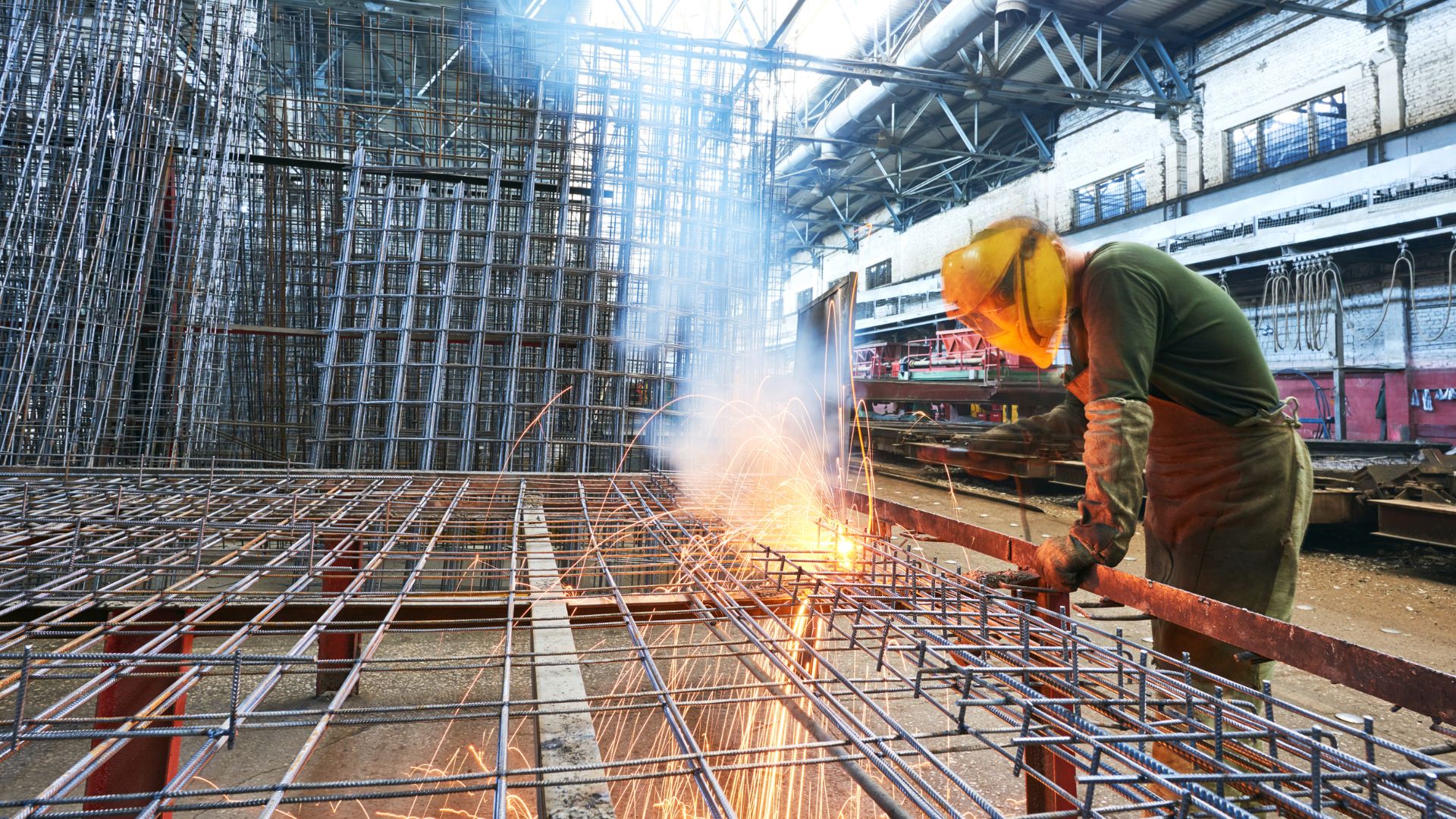The welding industry is vital to manufacturing, construction, and various other sectors, providing essential services that ensure the structural integrity and durability of countless products and infrastructures. However, as technology evolves and demands increase, the industry faces several significant challenges. This article explores the most pressing contemporary challenges in welding and the strategies being employed to overcome them.
1. Skilled Labor Shortage
Challenge: One of the most pressing issues is the shortage of skilled welders. As the older generation of welders retires, there is a significant gap in the workforce that younger individuals are not filling quickly enough.
Solutions:
- Enhanced Training Programs: Developing comprehensive training programs, including apprenticeships and vocational courses, to equip new welders with the necessary skills.
- Technology Integration: Utilizing virtual reality (VR) training systems to provide immersive and practical welding experiences without the associated risks and costs of live welding.
- Outreach Initiatives: Promoting welding careers through outreach programs in schools and communities to attract young talent.
2. Technological Advancements
Challenge: Rapid technological advancements require welders and manufacturers to continually update their knowledge and skills. The integration of new materials and processes can be daunting and expensive.
Solutions:
- Continuous Education: Implementing ongoing education and training initiatives to keep the workforce updated on the latest technologies and techniques.
- Collaboration with Tech Companies: Partnering with technology firms to develop user-friendly welding equipment and software that simplify the adoption of new technologies.
- Research and Development: Investing in R&D to innovate and streamline the integration of new technologies into existing workflows.
3. Quality Control
Challenge: Maintaining high standards of quality in welding is critical, yet it can be challenging due to variability in materials, environmental conditions, and human factors.
Solutions:
- Advanced Inspection Techniques: Employing state-of-the-art Non-Destructive Testing (NDT) methods such as ultrasonic testing, radiographic testing, and automated inspection systems to ensure weld quality.
- Real-time bewaking: Utilizing real-time monitoring systems to continuously track welding parameters and immediately detect any deviations that could compromise quality.
- Standardization: Adopting industry standards and best practices to ensure consistency and reliability across all welding operations.
4. Environmental and Health Concerns
Challenge: Welding processes can pose significant environmental and health risks, including the emission of hazardous fumes and gases, noise pollution, and the generation of waste materials.
Solutions:
- Eco-Friendly Practices: Implementing environmentally friendly welding practices, such as using low-emission consumables and energy-efficient equipment.
- Health and Safety Measures: Enhancing health and safety protocols, including proper ventilation systems, protective gear, and regular health screenings for welders.
- Waste Management: Developing effective waste management strategies to recycle and properly dispose of welding byproducts and materials.
5. Material Challenges
Challenge: Welding new and advanced materials, such as high-strength steels, aluminum alloys, and composites, can be difficult due to their unique properties and behaviors under heat.
Solutions:
- Specialized Techniques: Developing and utilizing specialized welding techniques, such as laser welding and friction stir welding, that are tailored to the properties of these advanced materials.
- Material Research: Conducting extensive research to understand the weldability of new materials and to develop suitable welding protocols and filler materials.
- Collaboration with Material Scientists: Working closely with material scientists to address welding challenges and optimize processes for new materials.
6. Cost Management
Challenge: Balancing the costs of advanced welding technologies, training, and quality control measures with the need to remain competitive in the market can be challenging.
Solutions:
- Cost-Benefit Analysis: Conducting thorough cost-benefit analyses to identify the most cost-effective investments in technology and training.
- Procesoptimalisatie: Streamlining welding processes to reduce waste and improve efficiency, thereby lowering overall costs.
- Financial Incentives: Seeking financial incentives and grants for adopting innovative technologies and training programs that enhance efficiency and productivity.
7. Global Competition
Challenge: The welding industry is increasingly globalized, with intense competition from manufacturers and service providers worldwide.
Solutions:
- Innovation and Differentiation: Focusing on innovation and differentiation to offer unique, high-quality welding solutions that stand out in the global market.
- Strategic Partnerships: Forming strategic partnerships and alliances to expand market reach and leverage complementary strengths.
- Market Intelligence: Utilizing market intelligence and analytics to understand global trends and customer needs, enabling more effective competition.
Conclusie
The welding industry faces numerous contemporary challenges, from a skilled labor shortage and rapid technological advancements to quality control and environmental concerns. However, by adopting strategic solutions such as enhanced training, continuous education, advanced inspection techniques, and eco-friendly practices, the industry can overcome these obstacles and continue to thrive. As technology and market demands evolve, the welding industry must remain adaptable and innovative, ensuring it can meet future challenges with resilience and efficiency. Through collaboration, investment in research and development, and a commitment to quality and safety, the welding industry will continue to be a critical pillar of modern manufacturing and construction.

